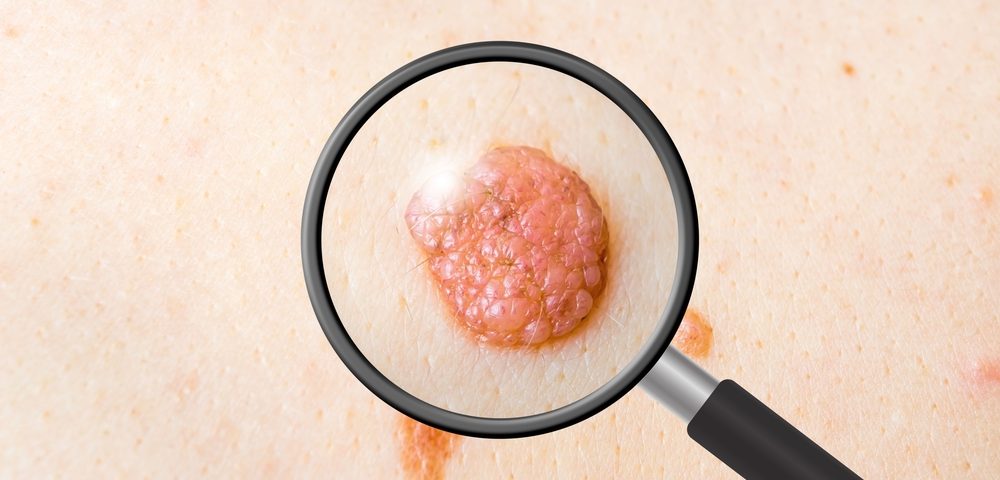The Mole Mapper Melanoma Study asked people to take photos of and measure their moles to determine their melanoma risk and advance skin cancer research.
Now the results of the study, which included an app that participants could download to photograph their moles, are in.
The research, sponsored by Sage Bionetworks and the Oregon Health & Science University (OHSU, attracted 2,798 participants.
The findings, in an article titled “The Mole Mapper Study, mobile phone skin imaging and melanoma risk data collected using ResearchKit,” were published in Nature Scientific Data.
Mole Mapper asked people to share photos and measurements of their moles over time, since abnormal or changing moles can be an indicator of melanoma. The goal was to advance the notion of remote mole monitoring, including whether it was a good way to detect melanoma early.
“In designing the study, we first wanted to know if research run remotely and entirely through an app could find the same melanoma risks as years of rigorous epidemiology and genetics research,” Dan Webster, a research fellow at the National Cancer Institute, said in a press release.
“We show, for instance, that Mole Mapper participants with red hair were significantly more likely to be diagnosed with melanoma. This is in alignment with previously published data showing that people with red hair caused by mutations in the MC1R gene have a higher risk for melanoma,” he said.
Another aim of the investigation was to answer frequently asked questions about moles. Stanford University researchers had shown that applying deep learning algorithms to a patient database might be used to diagnose skin conditions. Mole Mapper researchers created a similar database, based on participant-sourced data.
“With Mole Mapper, we have a unique ability to collect thousands of measurements from ‘pre-clinical’ moles that people measure themselves at home,” Webster said. “Over time, this can provide a basis for mole size and shape distributions to serve as a new benchmark for future studies.”
Mole Mapper fits Sage Bionetworks’ objective of developing open-source information-gathering modules that can be turned into mobile applications, enabling broad sharing of the resulting data.
“In the promising space of mobile health, too often data is controlled by private interests,” said Brian Bot, co-author of the study and principal scientist at Sage Bionetworks. “Shared data resources such as these will help enable the scientific community to more quickly determine what can and cannot be gleaned from these types of remote measurements.”


